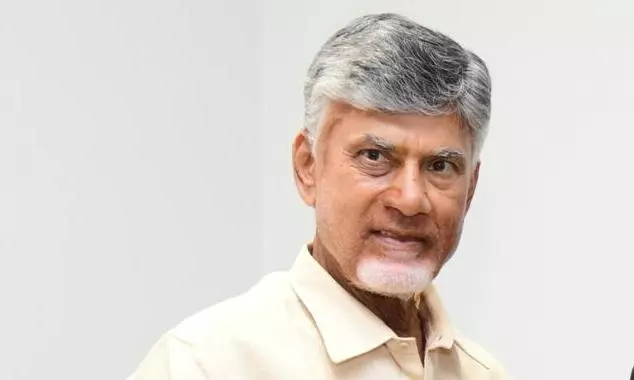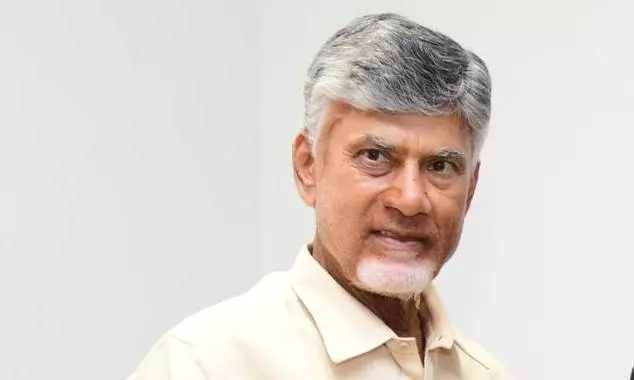
Demography is politics. Unsurprisingly, demographic changes in India — ageing in the southern states and the continuing youth bulge in the north — are creating political ripples. Recent headline-grabbing statements by Andhra Pradesh chief minister N. Chandrababu Naidu and Tamil Nadu chief minister M.K. Stalin are vivid reminders of southern discomfort at the political and economic implications of these changes.
Both chief ministers have publicly suggested that women in their respective states should have more children to counter the plummeting birth rates. Mr Naidu urged women in his state to have at least two children to stabilise the population and has plans to bring a law that will allow only those with two or more children to contest local body elections. At a recent mass wedding, Mr Stalin suggested that couples consider having “16 children” to counter the state’s potential loss of Lok Sabha seats in India’s coming delimitation exercise. Delimitation refers to the act or process of fixing limits or boundaries of territorial constituencies in a country or a province having a legislative body. It involves the drawing or redrawing of electoral boundaries to achieve equal representation based on changes in the population.
Mr Stalin’s remark was made in jest. The fear of declining birth rate, however, is real.
India’s median age is 28, but its demographic landscape is characterised by huge regional variations. The southern states which took the lead in investing in education, healthcare, gender parity have successfully brought down their fertility rates and been justifiably hailed as the poster children of human development.
But that success has also led to an ageing population and ignited fears about their representation in Parliament in future, following the proposed delimitation of electoral constituencies. The average Total Fertility Rate (TFR) of five southern states (Andhra Pradesh, Telangana, Karnataka, Kerala and Tamil Nadu) is approximately 1.7, against the national average of 2.1. The average TFR of states in the Hindi heartland is higher. The southern states are miffed because they feel they are being effectively asked to pay a price for controlling their population in stark contrast to many states in northern India that trail in female education, human development and typically have higher fertility rates and larger families.
There is genuine anxiety in the southern states that the delimitation exercise (possibly in 2026) and the redistribution of Lok Sabha seats based on a proportional share of the population would further tilt the regional balance of power towards the more populous and youthful northern states, thus diminishing the South’s political clout.
The southern states, which are also more developed and more industrialised, also resent that they are contributing more revenue to the national kitty but are getting less because less-developed states are seen as more deserving.
The demographic imbalance is real. The fears are real. The political concerns are palpable. It is obvious that low fertility rates are a serious concern for states in southern India because they have serious economic, social, and political consequences for them. But will asking women to have more children solve anything? Most Indian demographers say “no”.
“The most important thing to remember is that the falling fertility rate cannot be reversed. The only way it can be reversed marginally is through improving gender-egalitarian attributes within families where women feel secure about having children, without paying huge motherhood penalties and losing out on their personal goals. But, in a highly patriarchal society like India, it is not easy to ensure gender egalitarianism,” says Dr Srinivas Goli, associate professor, International Institute for Population Sciences, Mumbai, and an eminent demographer.
In recent decades, Dr Goli points out, Europe, North America, Oceania and East Asian countries have been trying to reverse their falling fertility rates by offering several incentives. “South Korea, for example, which has the lowest fertility rate in the world, has received a lot of media attention for its huge financial incentives to urge women to have more children. It announced the equivalent of Rs. 60,000 per month per woman if she has a child. Similarly, the Japanese government introduced a dating app and used AI for matching couples alongside financial incentives for promoting births. But we have seen that material incentives do not really work once a country or region has reached a certain state of development.”
An increasingly elderly population, fewer children and a shrinking working-age population may seem like a classic rich world problem. For India, it is more complicated because it is likely to become “old before it gets rich”, as demographers point out. India’s ageing challenge is tougher than developed countries in a similar situation because India is ageing at economic indices that are at a much lower level, says Dr Goli. In terms of fertility rates, states in South India can be compared to developed countries in the world, but the comparison does not quite hold when it comes to per capita income, standard of living, and even human development indicators like health and education. States in southern India are arguably better than many others but India does not still have social safety or social protection infrastructure nor does it have the health infrastructure of other ageing societies in the developed world. “Currently, our peripheral health system is not equipped to offer geriatric services”, he says.
Concerns about an ageing population and the impending delimitation
